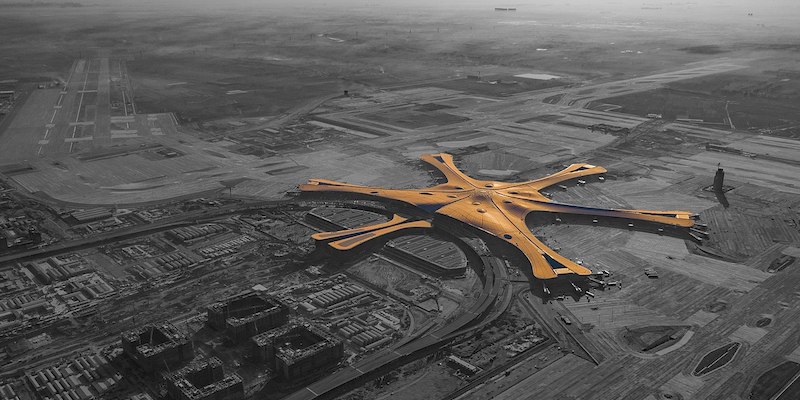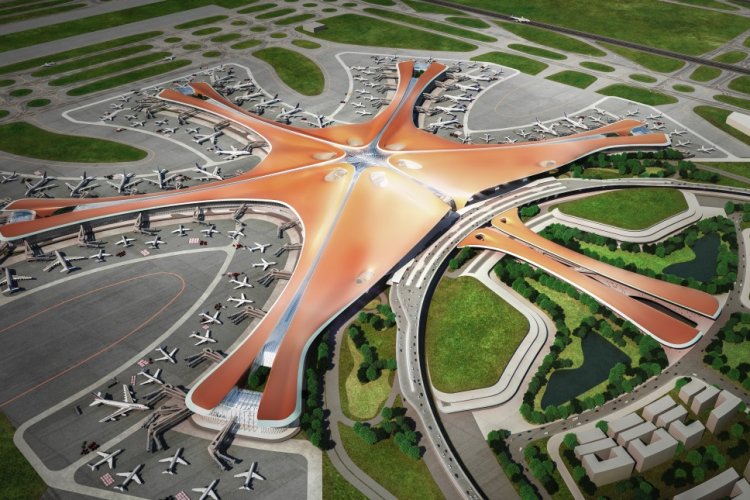A Tale of Two Airports: Beijing Capital Airport and Daxing by the Numbers
2020 was the best of times and the worst of times – mostly the worst of times, though – for airports worldwide, with airports across the board experiencing record-breaking low demand for international and domestic travel. According to Airports Council International, over the first half of 2020, the number of worldwide airport passengers decreased by 58.4 percent compared to the same period in 2019. Within this figure, international travel faced the steepest drop off at a 64.5 percent decrease in passenger volume. Against the backdrop of these aviation anxieties, Beijing’s two airports have experienced turbulence, but are seemingly facing smoother sailing as 2021 quickly approaches.
Curious how Beijing’s airports are faring? Let’s find out!
Beijing Capital Airport was dethroned as one of the busiest airports in the world
In 2019, the Beijing Capital and Atlanta airports nabbed top spots as two of the world's two busiest airports, serving more than 100 million passengers. A year later and how times have changed. In 2020, Beijing Capital’s passenger volumed decreased by 73.6 percent, while Dubai held onto the top spot for busiest airport with a decrease of only 70 percent.
Daxing has worked hard to catch up
Daxing, the new, shiny, and far far away little brother of Beijing Capital, has chugged along in 2020 – working to fill its vast and empty halls with passengers. This effort seems to be on track, despite COVID-19 disruption. In 2019, Daxing was operating at only 30 percent capacity, with just over 3 million passengers. From January to September 2020, however, this number more than doubled – with around 7.6 million passengers traveling through Daxing. This growth is, in part, because Daxing is increasingly a domestic travel hub. China Southern, for example, shifted all of its Beijing based routes to Daxing in September.
International travel may be down, but domestic travel has topped pre-COVID levels
While international travel has not recovered, domestic aviation has proven resilient. In September, domestic passenger flights returned to pre-COVID levels for the first time, with a total of 371,000 passenger flights representing an annual increase of 3.5 percent. For the year to date, domestic passengers reached 47.75 million, or 98 percent of 2019 levels. This rebound in domestic travel was in part due to Golden Week trips. During this eight-day period, more than 637 million people traveled within China, generating USD 68.6 billion in tourism revenue. While this figure was still a decrease from the 782 million tourists during the 2019 Golden Week, it nonetheless helped to boost airport recovery.
READ: Shush! Beijing-Shanghai Railway Routes to Launch "Quiet Carriages"
Images: Wikipedia


